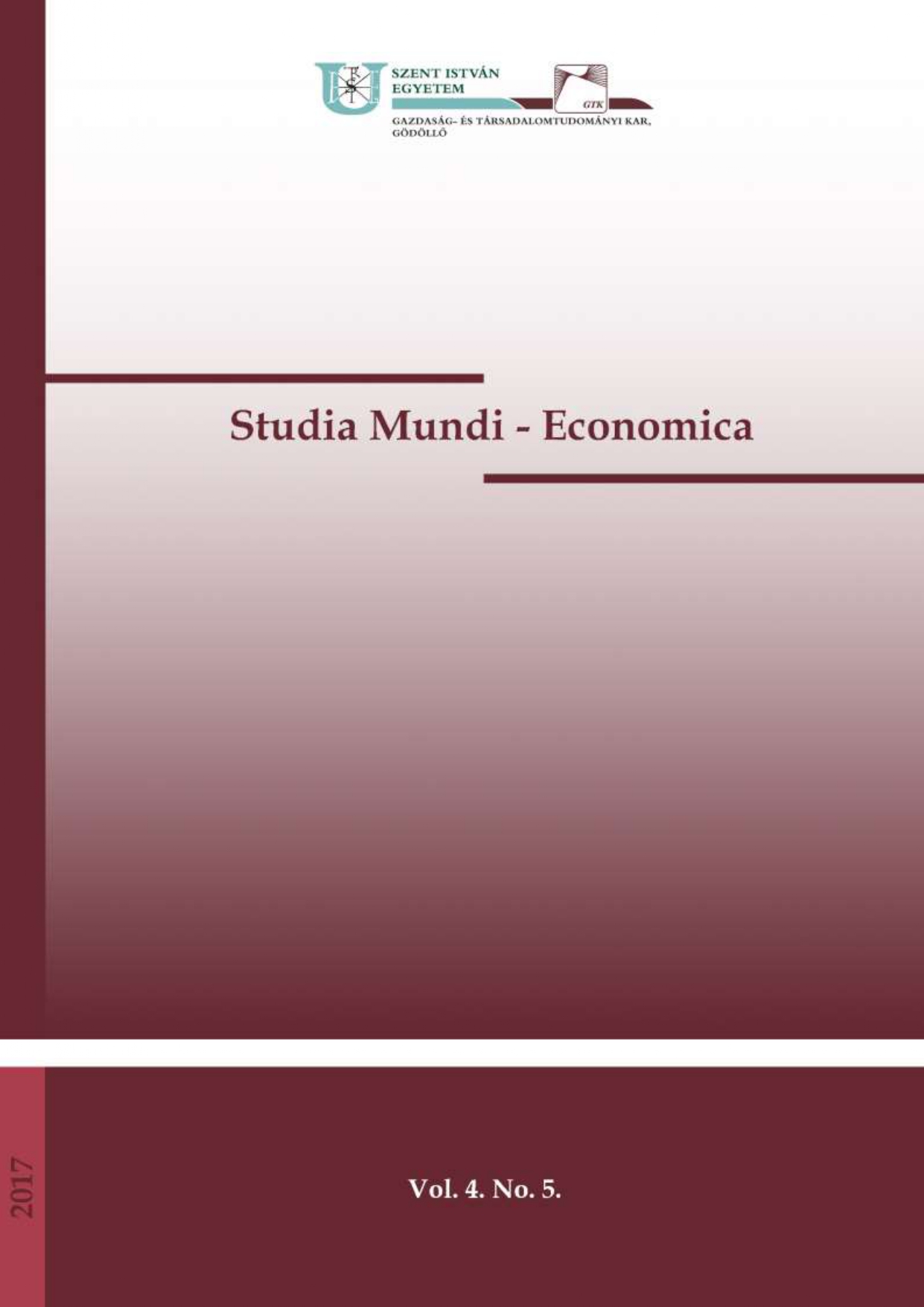Pension policy challenges and communication possibilities - empirical study of hungarian university students
DOI:
https://doi.org/10.18531/Studia.Mundi.2017.04.05.31-43Keywords:
management, pension policy, innovationAbstract
The most important question of our study is to find out what pension policy procedures are necessary to respond effectively to the challenges of an aging population as well as changes in the composition of employees. We examine the characteristics and communication practices of pension reforms in international literature (secondary research).The main issue of our paper is how pension policy can effectively respond to changes of demographical transition. It is very important to examine whether changes to pension policy are adapted to groups in society and if so, which kind of communication should be used. We measured university students regarding of age and gender specialties in financial attitudes and preparing for retirement. We tried to prepare persuasion strategies that reinforce the retirement saving motivation. Our research is therefore a search for a major project.
References
Atkinson, A et. al. (2012): Lessons from National Pension Communication Campaigns, OECD Working Papers on Finance, Insurance and Private Pensions, No. 18, OECD Publishing. DOI: http://dx.doi.org/10.1787/5k98xwz5z09v-en
Gál R. I., Simonovits A.(2012): A magyar nyugdíjrendszer éves hozamrátái. Közgazdasági Szemle. 59 (9) 963-987.
Hablicsekné Richter M. (2014): A nyugdíjban, nyugdíjszerű ellátásban részesülők halandósága a főbb ellátástípusok szerint. PhD értekezés. SZIE Gazdálkodás- és Szervezéstudományok Doktori Iskola. Gödöllő.
Hutváger I. (2013): A svéd és a német nyugdíjrendszer összehasonlítása. ELTE TTK (szakdolgozat). Budapest.
Kitao,S. (2015a): Pension reform and individual retirement accounts in Japan. Journal of The Japanese and Internaztonal Economies. 38 (2015) 111-126. DOI: https://doi.org/10.1016/j.jjie.2015.06.002
Kitao, S. (2015b): Fiscal cost of demographic transition in Japan. Journal of Economic Dynamics and Control. 54 (2015) 37-58. DOI: https://doi.org/10.1016/j.jedc.2015.02.015
Little, E. – Marandi, E., (2005): Kapcsolati marketing. Akadémia Kiadó, Budapest. (Original: „Relationship Marketing Management”, 2003)
Mihály, N. – Kovács, I. É. – Madarász, I. – Mészáros, A. (2017) Correlations Between Attitude To Money And Demographic Variables On A Sample Of University Students. Regionalnaja Ekonomika: Jug Rossii/Regional Economy: The South Of Russia 3:(17) 55-72. DOI: https://doi.org/10.15688/re.volsu.2017.3.6
OECD (2015): Pensions at a Glance 2015: OECD and G20 indicators, OECD Publishing. Paris. DOI: http://dx.doi.org/10.1787/pension_glance-2015-en
Recommendation on Good Practices for Financial Education Relating to Private Pensions. www.oecd.org/daf/pensions. (06.01.2016)
Yamauchi K.T. – Templer D.L., (1982): The development of money attitude scale. Journal of Personality Assessment. 46 (May), 522-528. DOI: https://doi.org/10.1207/s15327752jpa4605_14
Downloads
Published
Issue
Section
License
Copyright (c) 2017 Nándor Komáromi, Nikolett Mihály

This work is licensed under a Creative Commons Attribution-NonCommercial-NoDerivatives 4.0 International License.
A folyóirat Open Access (Gold). Cikkeire a Creative Commons 4.0 standard licenc alábbi típusa vonatkozik: CC-BY-NC-ND-4.0. Ennek értelmében a mű szabadon másolható, terjeszthető, bemutatható és előadható, azonban nem használható fel kereskedelmi célokra (NC), továbbá nem módosítható és nem készíthető belőle átdolgozás, származékos mű (ND). A licenc alapján a szerző vagy a jogosult által meghatározott módon fel kell tüntetni a szerző nevét és a szerzői mű címét (BY).






